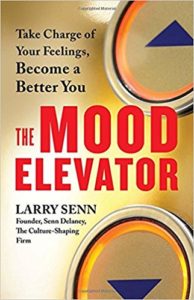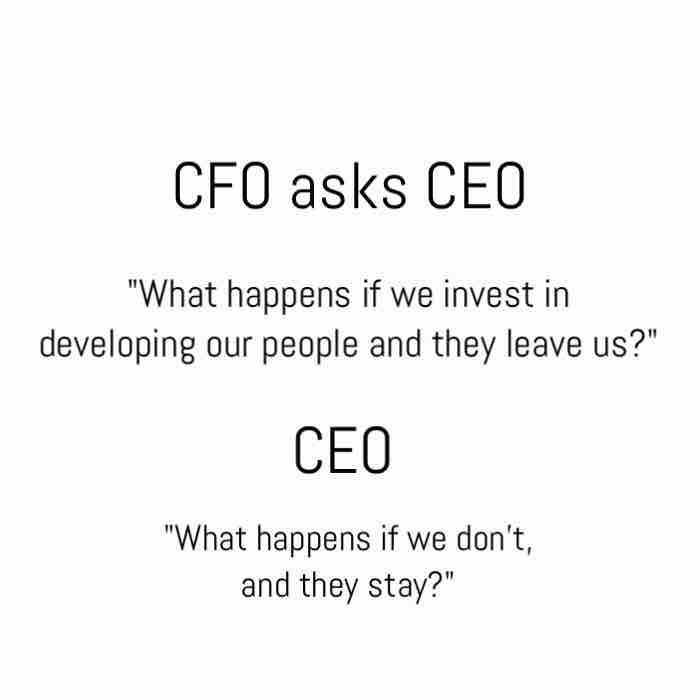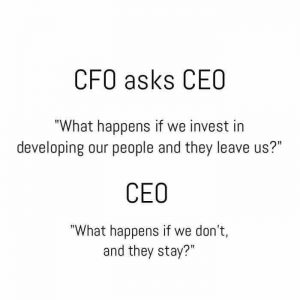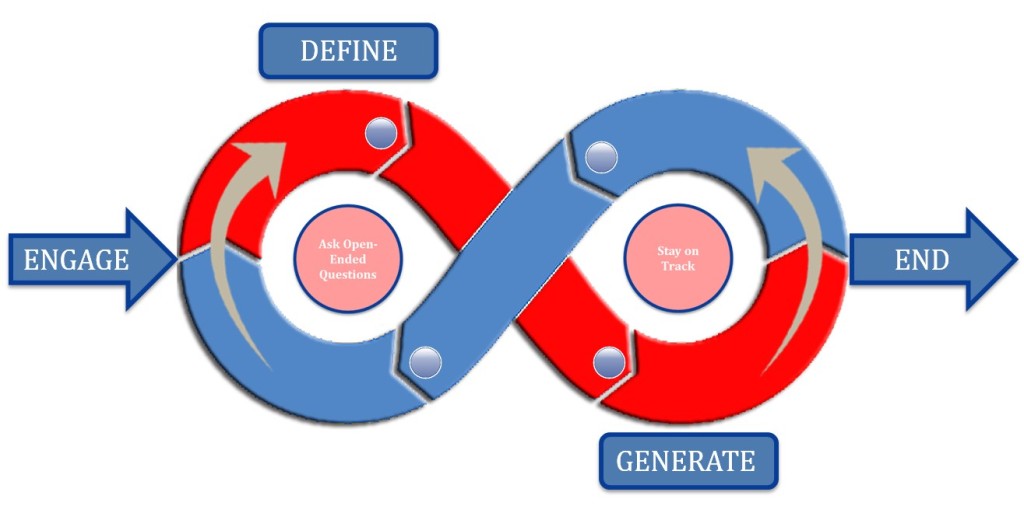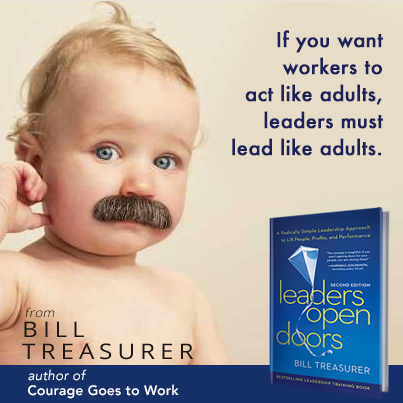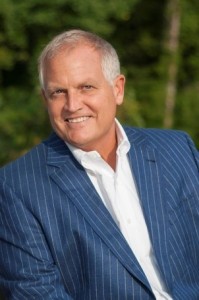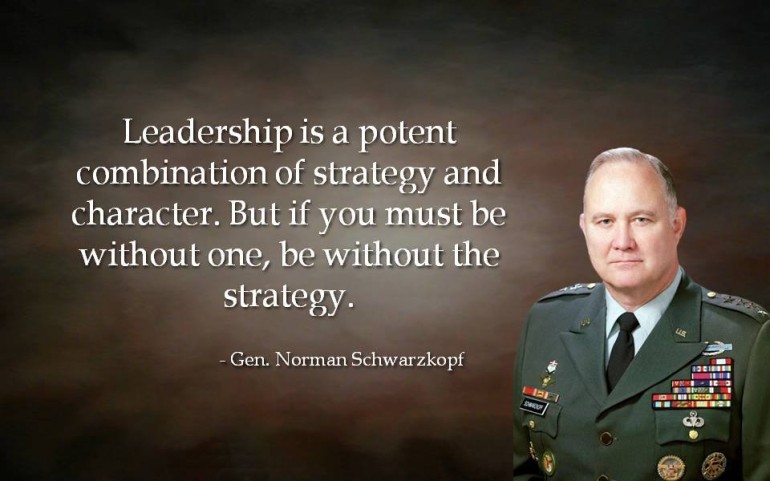Guest post by David Nielson
The following is an excerpt from The 9 Dimensions of Conscious Success.
Very simply, social awareness is, knowing when you do or say something, what the impact on others is. It is being conscious of your impact on others as you travel through life.
As part of my executive coaching practice, I use a simple impact vs. intent model. In your interaction with others, does your impact match your intent? This is a great silent conversation for you to have as you interact with others.
Even better, it’s a good question for you to ask before you have an interaction with someone else. It is particularly important for you to check your intent before what you feel might be a difficult conversation. Specifically, it helps to train yourself to take a moment before doing or saying anything to reflect on, “What is my desired result here? What is my intent?”
Does what you say or do with others have the desired results? Does it produce the results that are in sync with your purpose? This is where collaboration is important, and these three questions are most applicable:
- Why am I here?
- Why are you here?
- What result can we produce together which will create value?
This again means having an ongoing awareness. In addition to looking inward, we have to also be aware of our outward impact.
The starting point is that you have to care about how others are affected by your words and actions. I think most people do care. Your upbringing probably included lessons from your parents on being polite and considerate of others. As children, you might have been told these behaviors were “good manners.” As adults and professionals in any field, this quality goes beyond just good manners and focuses on producing respectful, effective relationships for the good of a larger effort.
Narcissism
Recently, we were working with an organization where the executive team was attempting to roll out major changes within the organization. The CEO was having trouble collaborating because of the way she was interfacing with others on the executive team.
During meetings, she dominated the conversations and was very critical and autocratic; was directive to the point of being dictatorial. She wanted to be noticed as the most important person in the room, if not the smartest person in the room. Unfortunately, she was not aware of her negative impact on the team. Her behavior and communication style screamed insecurity and domination, which prevented the team from wanting to participate.
If she had a greater social awareness she would have realized that her purpose of creating change was being thwarted by her low self-awareness.
She is now working on increasing self-awareness and realizes that her behavior impacts her purpose and the purpose of the executive team. It is a work in progress, but she seeks every day to be more aware of the impact of her words and emotional state when she walks into meetings with her team.
You’ve heard of the Golden Rule: “Treat others as you would like to be treated.” Personally, I think the “Platinum Rule” is better: “Treat others as they would like to be treated.” When you can consciously operate that way, you are at the height of social awareness.
Here are a few questions to ask yourself to remove the blind spots in your relations:
- Was I attentive to the person who approached Me?
- Did I blow the person off because I was too busy to listen?
- Was I diligent in asking questions about the content of what the person said? Was I attentive to the person’s feelings and emotions?
- What were my body language, facial expression, and voice tone? How did this impact the other person?
About David Nielson
David Nielson brings over four decades of corporate, Fortune 500, and private consulting experience in organizational change management, leadership development, and training. David has helped guide large-scale change initiatives and business strategy driven by ERP, mergers, restructuring, and the need for cultural change. He’s been a featured and frequent speaker at PMI, Project World, Chief Executive Network, Management Resources Association, TEC, IABC, Training Director’s Forum, and the Alliance of Organizational Systems Designers.
David has worked around the world delivering training and consulting services. In all those years, those countries, those clients; David has observed, learned and collected great experiences and teaching points. David decided to work on a way to “give back.” His latest book, The 9 Dimensions of Conscious Success helps readers identify their definition of purpose professionally and personally to achieve conscious success.
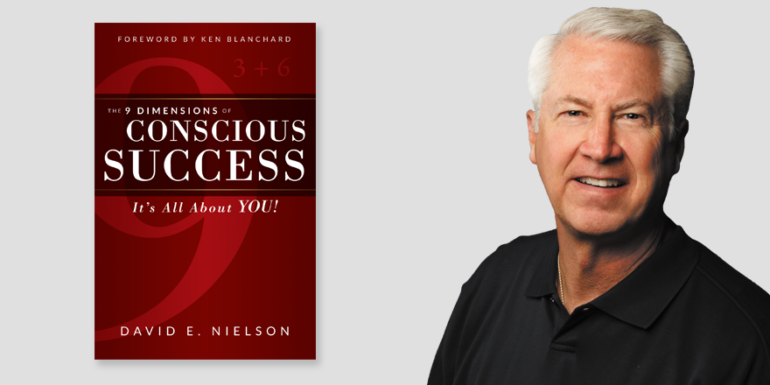


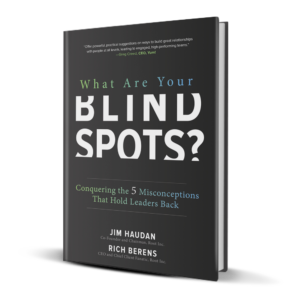



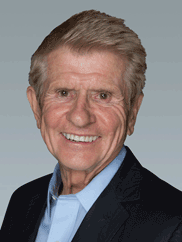 Dr. Larry Senn pioneered the field of corporate culture and founded in 1978, Senn Delaney, the culture shaping unit of
Dr. Larry Senn pioneered the field of corporate culture and founded in 1978, Senn Delaney, the culture shaping unit of 